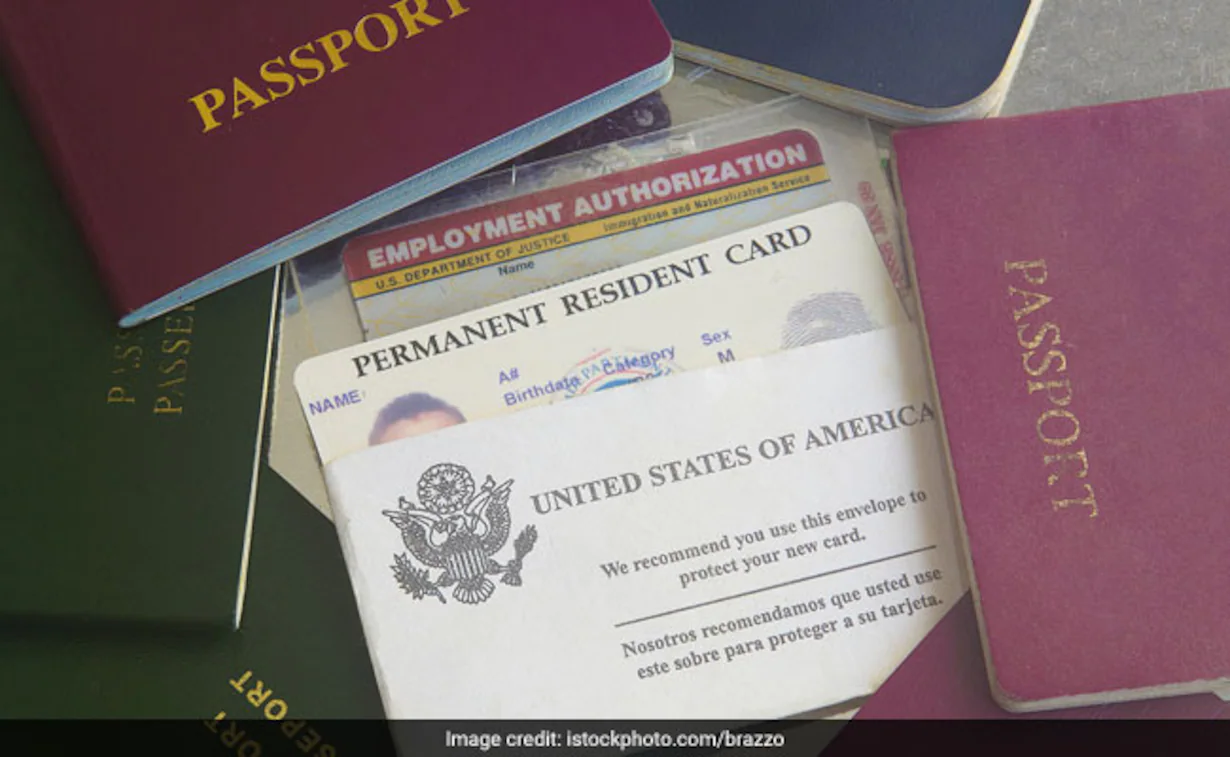When Indians first began arriving in the United States in the early 19th century, they mostly settled in settlements on the West Coast. There were only a handful of new arrivals at first, but as the middle of the twentieth century progressed, more and more favourable circumstances emerged, and the population exploded. As of early 2019, the United States was home to over 2.7 million people of Indian origin. In the present day, Indian immigrants make up around 6% of the U.S. foreign-born population, making them the largest immigrant group in the country (after Mexicans and before Chinese and Filipinos). Indian immigrants in the early 20th century worked primarily in agriculture, the timber industry, and the railroads. Even though their numbers were tiny during the early 20th century, Indian immigrants were finally outlawed by a set of regulations passed in 1917, 1921, and 1924 that targeted non-European migrants.
The Immigration and Nationality Act of 1965 eliminated all national-origin quotas, making way for non-European arrivals, while the Luce-Celler Act of 1946 set a yearly quota of 100 Indian immigrants. The doors were opened for skilled and educated Indian immigrants, many of whom brought their families with them, through educational exchange programmes, new temporary visas for highly skilled workers, and expanded employment-based immigration channels. The number of Indian immigrants to the United States surged 13-fold between 1980 and 2019. Indians leave for the United States for many different reasons, not the least of which is the opportunity to make a better living. One’s perspective will change as one progresses through the many phases of family formation. When faced with a choice between leaving and staying, one must examine a variety of considerations, some of which vary depending on the stage of the decision process.
There are five major life decisions that everyone must make at some point: (1) where to go to college, (2) where to get on-the-job training, (3) where to raise a family, (4) where to find the best job opportunities, and (5) where to retire. In many cases, the choice is made based on preconceived notions rather than concrete evidence. In contrast to the United States, the family is the primary social institution in India. Worry is being expressed over the potential impact on the family. The idea that moving overseas is an end in itself fuels the want to do so. Furthermore, the potential emigrant forms an inflated opinion of what life is like and what may be expected in the host country.
How prosperous are Indians who immigrate to the United States?
No matter what standard we choose, the answer is undeniably positive. Seventy-five per cent or more of today’s first-generation Indian-Americans arrived in the country after 1990. While they only account up around 1% of the US population (3.9 million as of 2017), a disproportionate share of their population is made up of highly educated professionals. When compared to both other immigrant groups and the general US population, their typical yearly household income of $100,000 stands out. The disparities in income are much more pronounced when compared to Indians who did not immigrate to the United States.
Some families in India, including those with college graduates, make less than $10,000 a year. These numbers seem to support the conclusion that Indian immigrants to the United States have achieved economic success. (Remember that being financially secure is no guarantee of being successful in other areas of life. Is it true that Indian immigrants tend to have richer social lives? Do they seem happier now? Are they happy? Both of these inquiries are crucial. In subsequent articles, I’ll be discussing these issues.

